Hegel needs no introduction nowadays since it became famous for its integrated amplifiers, and H190 sits in the middle of Hegel’s line. That middle ground is usually an excellent place to be for a product, so let’s see if that’s true for the H190 too.
Build, Connectivity, Features
Hegel H190 is a well-built unit but there’s nothing luxurious about the choice of materials and build. The front panel is made of firm and thick plastic, and the rest of the casing is bent metal. It doesn’t feel flimsy or cheap in any way, but I have been spoiled by the build quality of smaller brands lately.
The front panel is dominated by an easily readable OLED display surrounded by two big knobs. The left one is used for source selection, while the other one is reserved for volume control. It’s simple, functional, and looks quite stylish in my opinion. The remote control is made of aluminium, it feels sturdy and positively heavy. This is a definitive improvement to the small plastic one that comes with a lower-end H90. You can use it to turn off the display, send the amplifier into standby mode, select a source, and of course to control volume.
The back panel is interesting as Hegel H190 includes a fully functional digital section in form of a DAC and an audio streamer. Because of that, you can find a USB input, a Coaxial digital SPDIF input, three Optical inputs, and an Ethernet port if you decide to use its inbuilt streamer. Of course, there are analog inputs in form of two pairs of RCAs and one pair of balanced XLRs. Finally, there’s a variable line-out too, which is basically a pre-amp output. As you can see, this is a very versatile device.
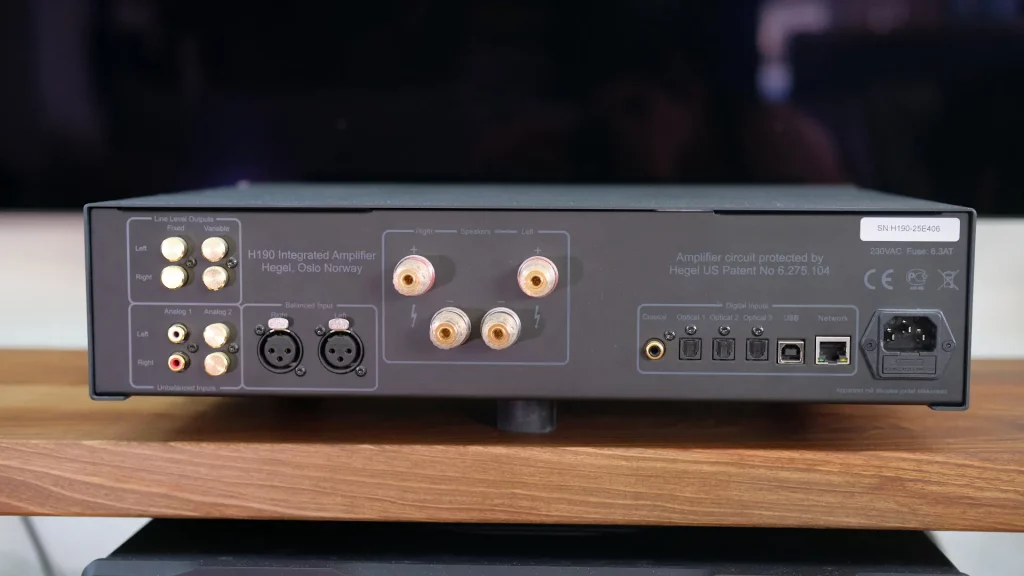
Amplifier Section
Let us start with Hegel H190’s amplification section. For that purpose, I used my own DACs (Musician Pegasus, Ladder Schumann, Chord Qutest, etc.) connected to the analog input of H190. On the output side of things, I used KEF LS50 and also higher tier DIY ones – Spirit Wind. I have no intention of citing the manufacturer’s pamphlets boasting about technology packed inside the box, but on paper, H190 offers 2 x 150 W of power into 8 Ohms, with a minimum supporting load going all the way down to 2 Ohms. In reality, that feels very powerful.
H190 presents us with a substantial bassline weight and energy, luckily it keeps a firm grip over it at all times. There is no song and situation that provoked it to become over-emphasized or bloated. So grip and control are commendable, but what about the slam? That’s something I find lacking with a smaller H90. Well, H190 exhibits a deeper, more authoritative bassline, and more slam too. However, if you’re all about that bass punchiness and slam, Hegel’s approach might not be to your taste. H190 is wielding the bassline with both power and precision, but it never loosens its grip and goes into full-on party mode.
The Midrange region feels very neutral to my ears. I can’t detect any added warmth, and some may find it a bit analytical but I would simply call it clean. Both male and female vocals sound chesty when needed, but are filled with micro details and the ability to reveal micro details. But there’s more, Hegel manages to present all of these fine details in a smooth and liquid way. The highest spectrum follows in the same fashion – neutral, filled with nuances, but never edgy or splashy. The background is dark, and I mean really dark in a way I rarely encountered anywhere. Because of that, the soundstage feels very deep, and every tone feels like emerging from a dark void. Vocals and instruments have plenty of room and empty space around them. This is so pronounced that it took me some time to adjust.
The other side of this character is that Hegel can sometimes fall short when it comes to air and atmosphere which acts as glue for the whole soundstage. With Hegel, there’s less of that shared glue and more of the individual tones emerging from the dark. It’s impressive, but it also takes a little bit to get used to, and some might not like it. Hegel sounds as if I’m in front of an unplugged session with a dark atmosphere, silent audience, and lights on the performers only. If you’re into that, it’s great. If you’re into the type of sound that feels like a smoke-filled jazz club, with a lively and loose atmosphere, something else might serve you better.

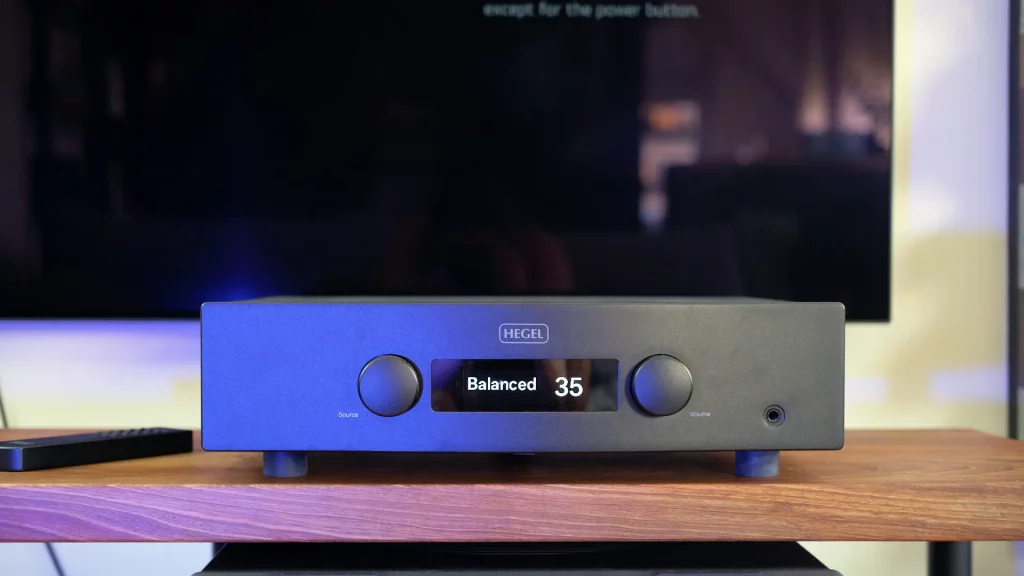
Digital Section
Hegel doesn’t disclose the exact model, but short research showed that the DAC section should be based on an Asahi Kasei AK4490 D/A converter. I started by hooking my Pi2 Design Mercury streamer to the Coaxial SPDIF input on the Hegel. Compared to Denafrips Ares II, soundstage width and depth took a small hit, but detail retrieval and transients were more revealing. Make no mistake, this is a very capable DAC section, perfectly capable to stand its ground against very decent sub $1000 DACs. Next, I connected my TV to the optical input, as well as my laptop to the USB input… Hegel kept sounding very commendable. So if you plan to own a Hegel and use its own digital inputs, do not hesitate. Then again, if you wish to improve upon its integrated DAC section, better be ready to part with some serious money as nothing below the likes of Gustard A26 or R26 will not bring any significant improvement.
Streaming
The last part was to test Hegel H190’s integrated streaming capabilities. Both UPnP/DLNA and Apple AirPlay are supported, but as I don’t own any Apple products I stuck with UPnP during testing. Once the Ethernet cable is connected, Hegel H190 will present itself to the network as a DLNA renderer. I used my favorite UPnP app for Android called Bubble UPnP, chose Hegel as the output renderer, and started playing my favorite tunes using both Tidal and Qobuz. The sound of the internal renderer is great. There is plenty of air, a firm and well-controlled bassline. I was shocked to realize that Hegel’s internal streamer and DAC working in unison can match external Streamer and DAC setups which cost north of 1000 USD. Mind you, I could still get the better sound with a fuller tone timbre from my own Pi2Design Mercury digital setup with a linear power supply, carefully selected cables, etc. But Hegel’s internal solution came quite close, too close for comfort. All of these separates, cables connecting them, money spent… just to squeeze a bit more fidelity. It’s such an uphill battle, reserved only for the enthusiasts such as myself.
Tidal worked flawlessly with both 16/44 and 24/48 files (higher resolutions are not available through H190 as it doesn’t support MQA compression Tidal is using for Hi-Res files). Qobuz 16/44 again worked flawlessly, and while 24/96 or higher proved to be problematic for older and more affordable H90, I am happy to report that H190 played them without a hitch.
Comparisons
Hegel H90 – Like with everything HiFi, Hegel H190 is not really that much better than H90 as the price would suggest. Two Hegels definitely share the sound signature, but H190 brings more qualities to the table. It offers a deeper and more authoritative bassline and more drive in general. The overall sound is slightly cleaner and arranged into an even deeper soundstage.
Acoustic Invader Preamp and Amp – Even though these are separates, without the digital section too, the price of both preamp and power amp comes at roughly $2800. That leaves you with enough money for a decent audio streamer and a DAC. Coming from a small manufacturer that sells directly to customers, Acoustic Invader components exhibit sonic performance that is heads and shoulders above Hegel H190’s capabilities. The tone timbre is richer and more natural sounding. The soundstage is noticeably bigger and there’s more air around the instruments too. The drive and slam of this combination are also better. To top it off, Acoustic Invader components are built to a higher standard and look more premium.
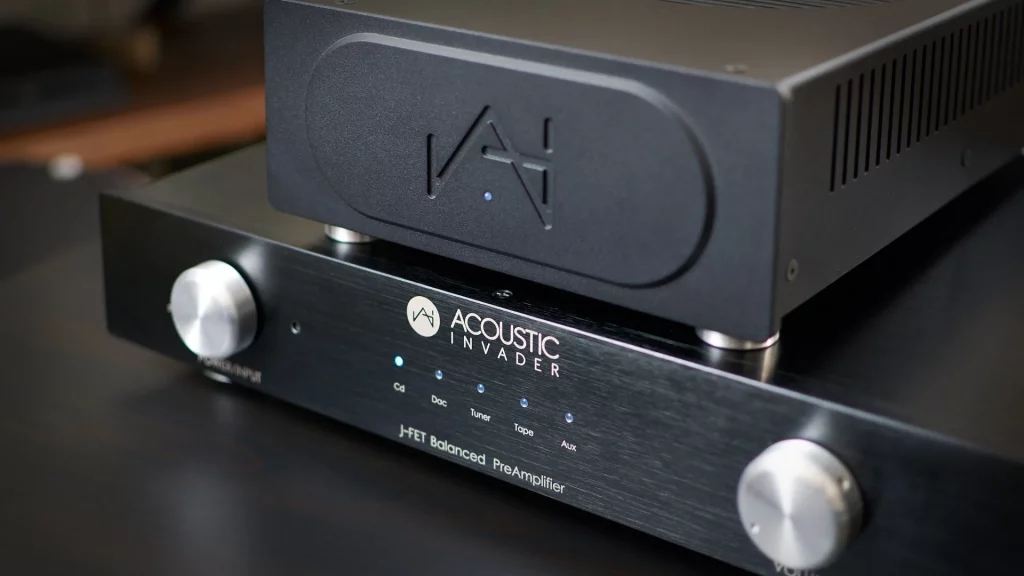
To put some perspective behind these words, I’ll just tell you this – I switched from my H90 to this Ai combination after testing it. My friend that kindly loaned me H190 did the same when he heard the difference. To Hegel’s defense, all of its products are sold through local distributor networks with many employees, showrooms, etc. All of that adds costs that “direct-to-customers” companies simply don’t have.
Conclusion
I feel that giving scores to HiFi gear is becoming more difficult with the market clearly separated into two ways of running a brand. On the one side, we have traditional brands such as Hegel, Naim, Rega, etc. that sell their product through local dealerships with showrooms and high costs of running that network. On the other side, there are brands that sell directly to customers like Schiit, SMSL, Acoustic Invader, etc. that offer noticeably better bang for your buck, but you can’t hear them in person.
Hegel H190 is a very capable amplifier with a capable digital section. And as far as the old-way brands are valued, it is a very good value too. On the other hand, if you turn to lesser know brands, you could find a combination of separates that can easily triumph it sonically. However, those usually don’t come with the bragging rights that big brand names like Hegel bring if that’s something you care about. The choice is yours.
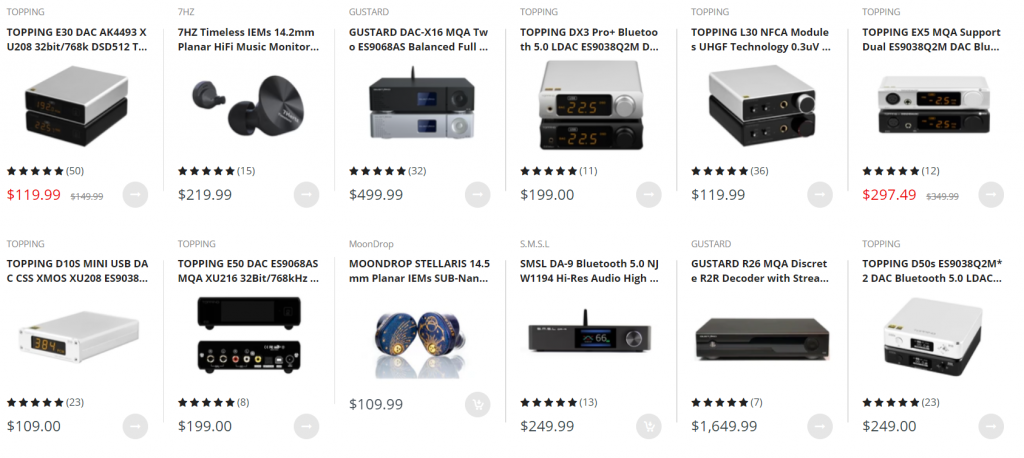
| HEGEL H190 – CHARACTERISTICS |
|
Power output: 2 x 150 W into 8 Ω |
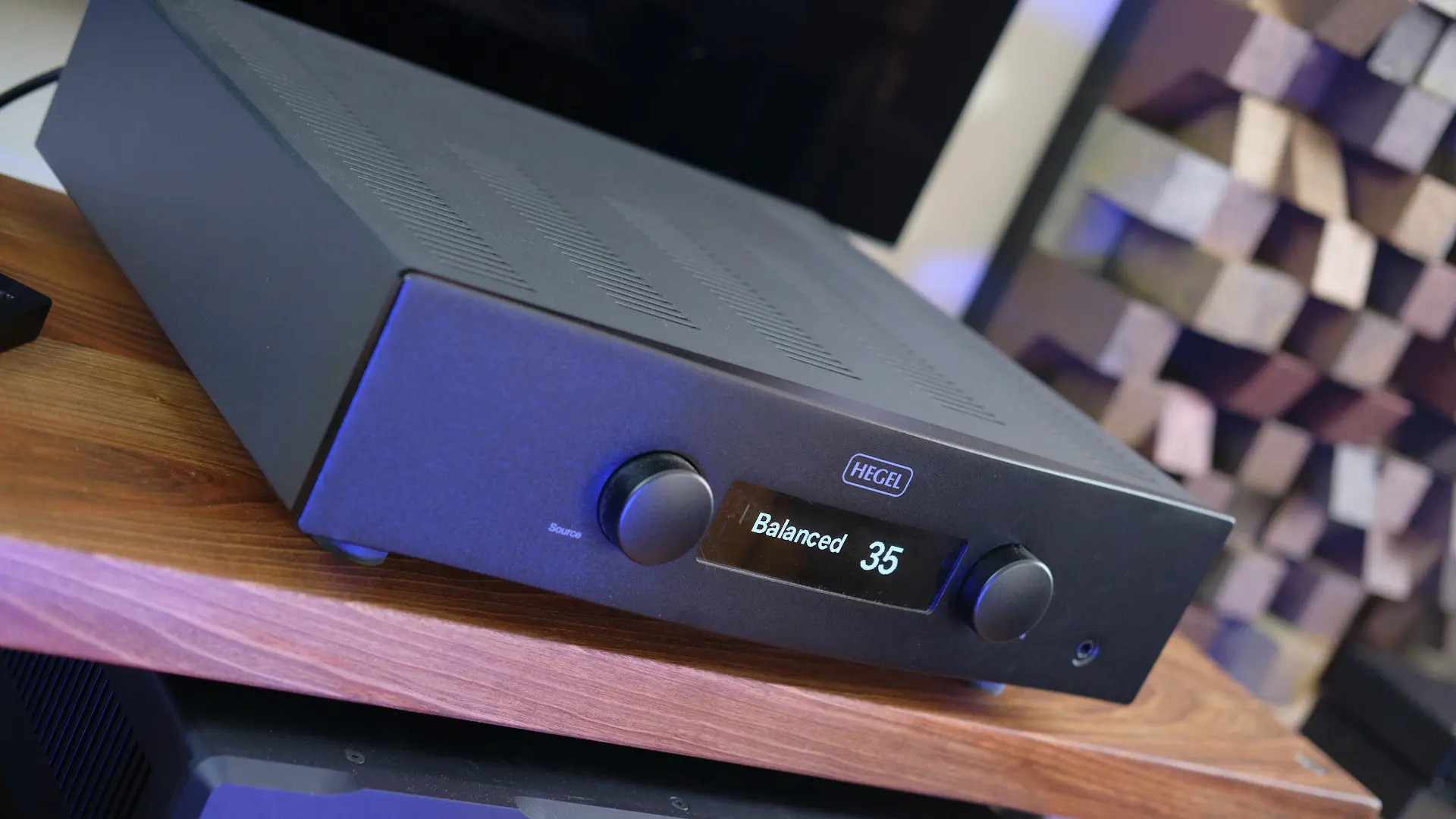

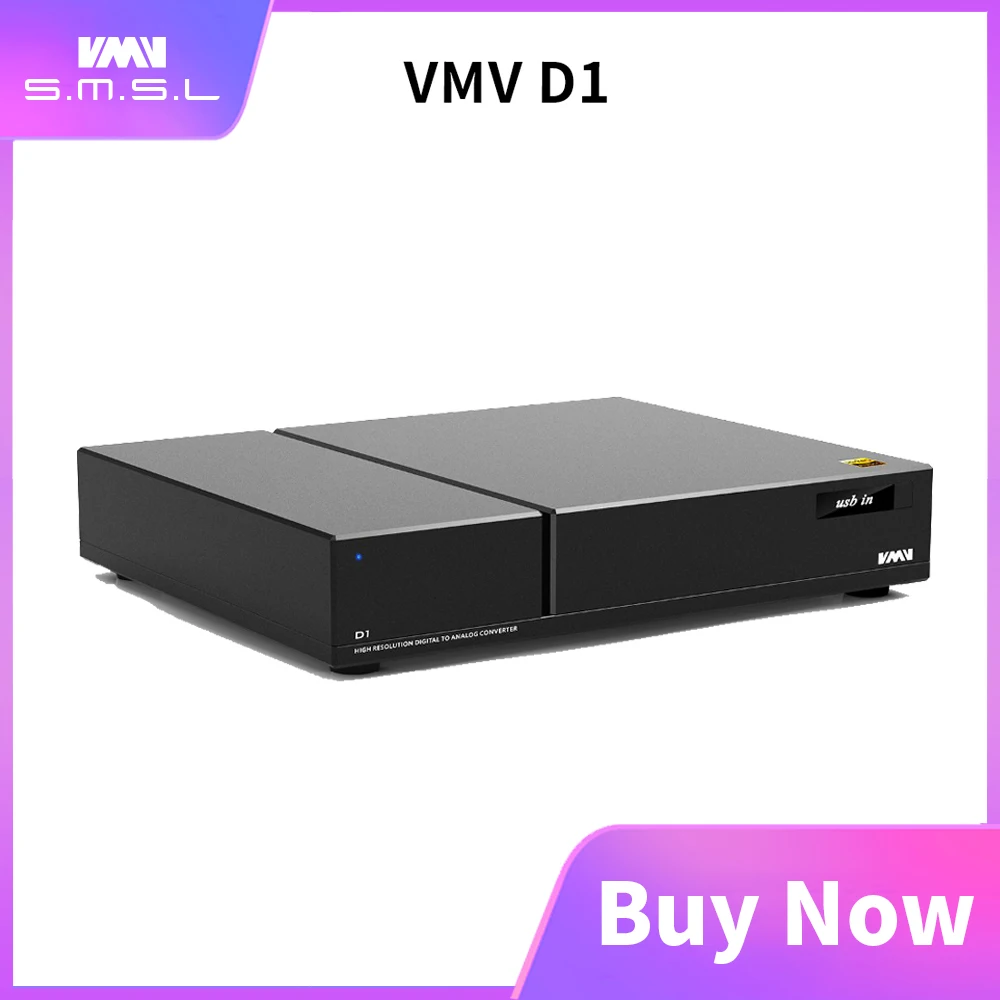



About the bass. the huge dampening factor contributes to the bass being in check. What you might want to do is check the dampening factor on the amps that seem to do it for you. I bet they do not have the bass control the Hegel has or for that matter Krell. simply put a high dampening factor controls drivers: anything else is just various degrees of sloppiness.